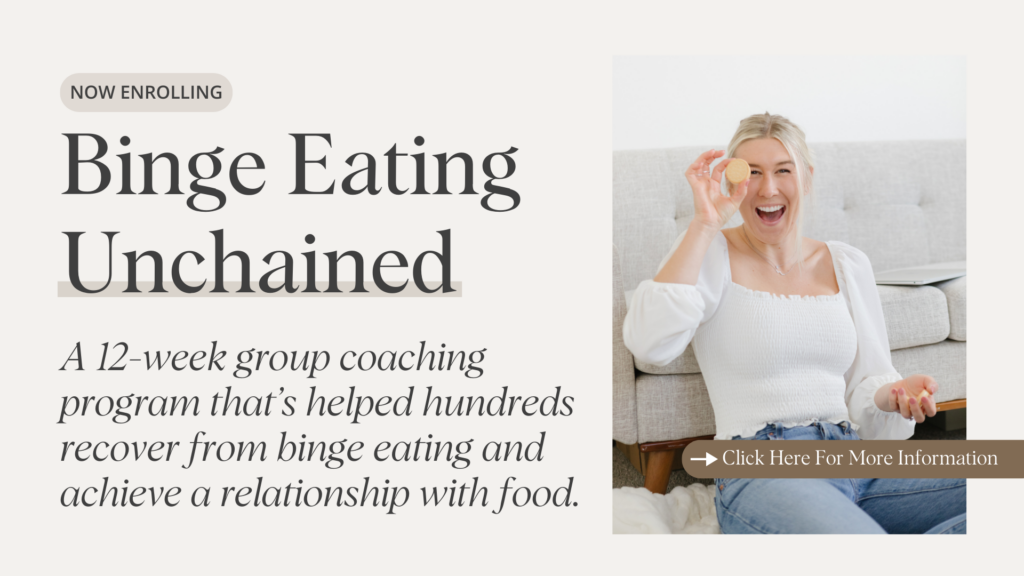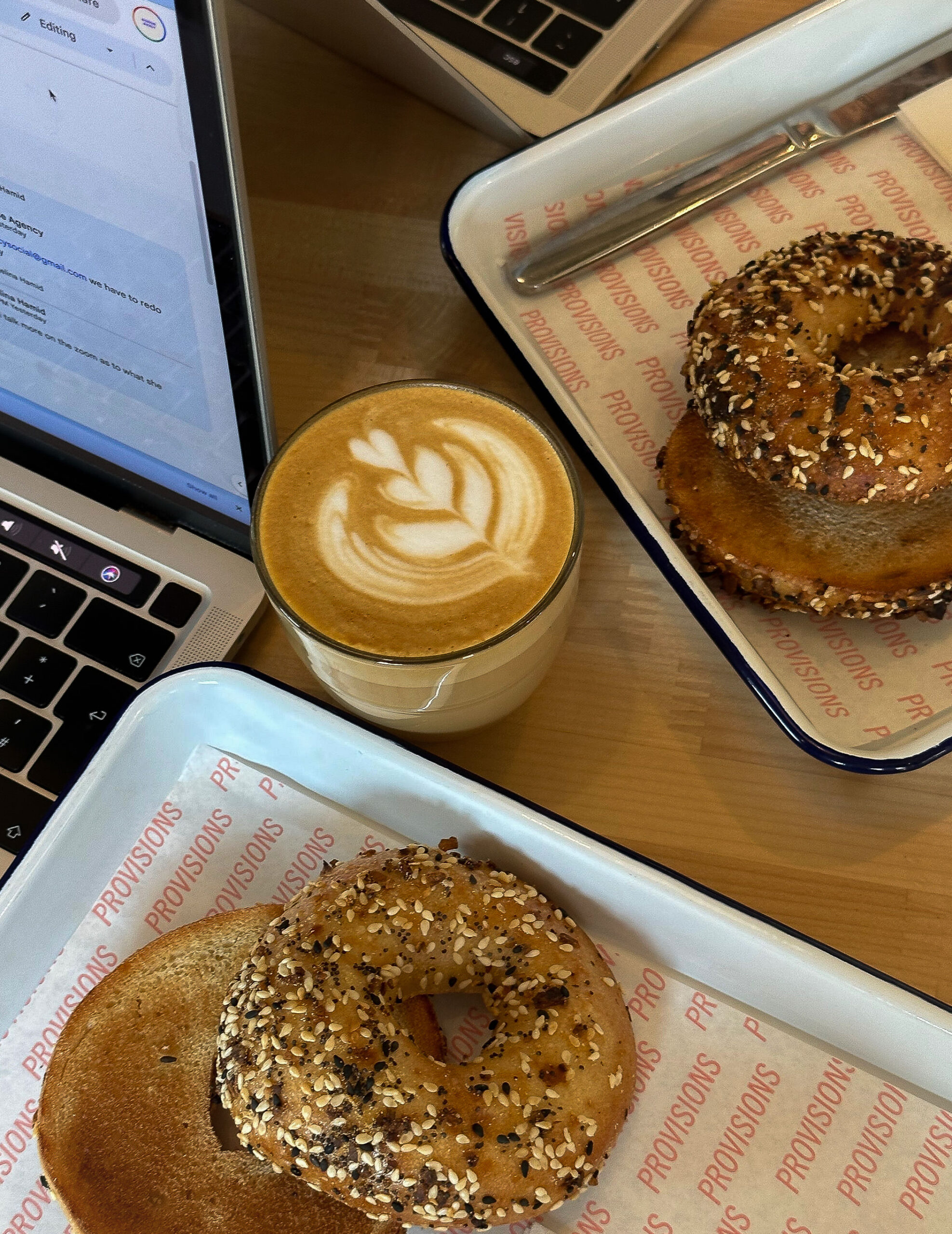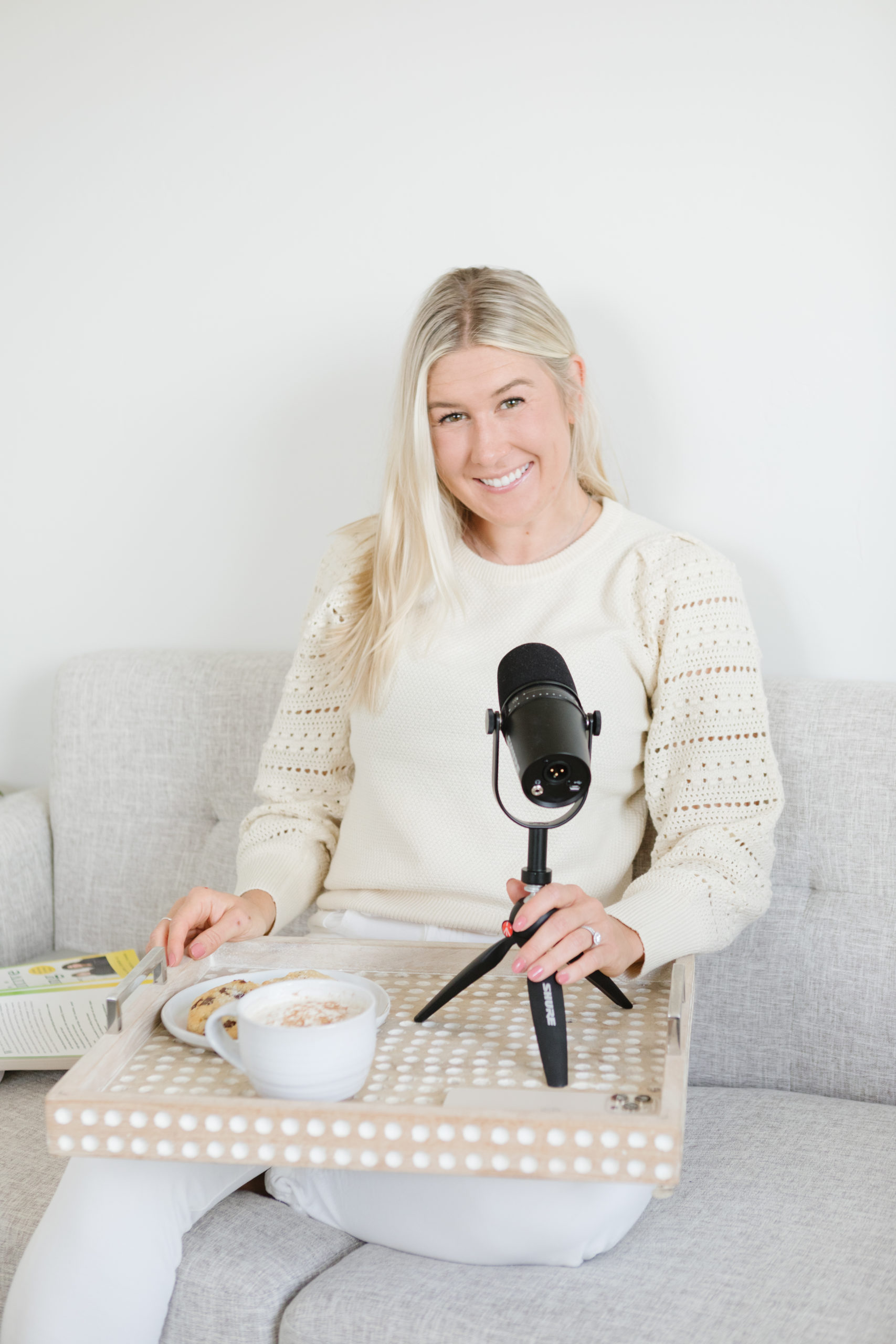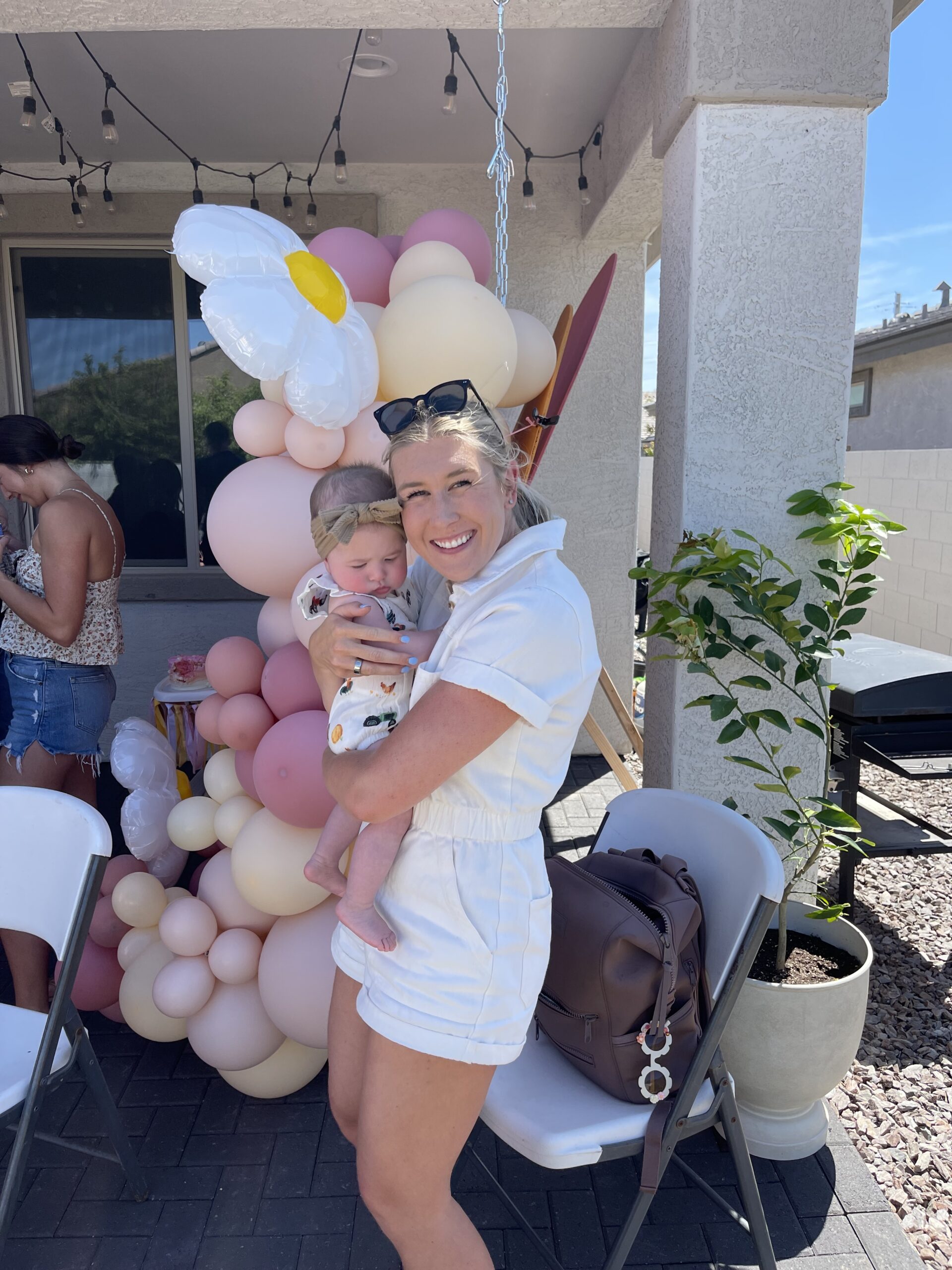The Difference Between Binge Eating and Just Eating a Lot of Food

Written By:
Category:
Ryann Nicole
The act of consuming a large quantity of food is a behavior that can be observed in various contexts, but it’s essential to recognize the distinctions between simply eating a lot of food and the clinical condition known as binge eating. In this blog post, we’ll delve into the differences between binge eating and simply eating a lot, shedding light on the characteristics, motivations, and what to do with each behavior.
Binge Eating
Binge eating is a recognized eating disorder characterized by recurrent episodes of consuming an excessive amount of food within a discrete period. Individuals who struggle with binge eating often feel a loss of control during these episodes and experience intense feelings of guilt, shame, or distress afterward.
Key features of binge eating include
- Loss of Control: During a binge episode, individuals feel a sense of loss of control, as if they cannot stop eating even if they want to.
- Rapid Consumption: Binge eating episodes typically involve the rapid consumption of a large quantity of food in a short timeframe, often much more than what most people would eat during a regular meal or snack.
- Emotional Components: Binge eating is often triggered by emotional factors such as stress, sadness, or boredom. It serves as a way to cope with difficult emotions or situations.
- Frequency and Duration: To be diagnosed with Binge Eating Disorder (BED), these episodes must occur at least once a week for three months or more.
- Psychological Impact: Binge eating can have significant psychological consequences, including feelings of guilt, shame, and a negative impact on mental health.

Eating a Lot
Eating a lot, on the other hand, is a behavior that doesn’t necessarily fall under the category of an eating disorder. People may eat more than usual for various reasons, such as social gatherings, celebrations, or simply enjoying a particularly appetizing meal.
Key characteristics of eating a lot include
- Occasional Nature: Eating a large quantity of food can occur on occasion without being a regular or frequent behavior.
- Social and Cultural Context: Eating a lot may be influenced by social situations, cultural practices, or special occasions where indulging in food is the norm.
- Conscious Control: Individuals who are eating a lot generally maintain control over their eating behavior and can stop when they feel satisfied.
- Lack of Emotional Distress: Unlike binge eating, simply eating a lot does not typically lead to intense emotional distress or negative feelings afterward.
- No Diagnostic Criteria: Eating a lot doesn’t align with the diagnostic criteria for an eating disorder and doesn’t necessarily indicate an unhealthy relationship with food.
While both binge eating and eating a lot involve the consumption of a large quantity of food, the key differences lie in the psychological aspects, frequency, and consequences associated with the behavior. It’s important to approach these distinctions with empathy and understanding, recognizing that individuals may have varying relationships with food influenced by a range of factors. If you or someone you know is struggling with disordered eating behaviors, seeking support from healthcare professionals or mental health experts is essential for accurate diagnosis and appropriate intervention.
10 Things To Add To Your Coping Box
Just so you know, I do review everything I recommend. When you buy through links on this page, we may earn a commission.
An emotional coping box, also known as a self-soothe or comfort box, is a personalized collection of items that can help individuals cope with difficult emotions, stress, or challenging situations. It’s a tangible and accessible resource that provides comfort and distraction during moments of distress. Here are 10 things you can consider adding to your emotional coping box:
Include items that bring you comfort, such as a soft blanket, stuffed animal, or cozy socks. These tactile objects can provide a sense of security and grounding.
Write down or print out affirmations and positive quotes that resonate with you. Reading these affirmations can help shift your mindset and promote self-compassion.
Incorporate items that engage your senses, such as scented candles, essential oils, or stress-relief lotion. Pleasant scents can have a calming effect.
Include small items like stress balls, fidget spinners, or textured toys. These can serve as a physical outlet for nervous energy and help redirect focus.
Keep a journal or notebook to write down your thoughts, feelings, and reflections. Journaling can be a therapeutic way to express and process emotions.
Include pictures of loved ones, happy memories, or items that hold sentimental value. Visual reminders of positive experiences can bring comfort and perspective.
Guided Relaxation or Meditation Resources
Include a small audio player or device with pre-loaded guided relaxation or meditation sessions. These can help you practice mindfulness and manage stress.
Playlist of Uplifting Music
Create a playlist of music that brings you joy or relaxation. Music has the power to influence mood, and having a go-to playlist can be a quick mood booster.
List of Coping Strategies
Write down a list of healthy coping strategies that work for you. This could include deep breathing exercises, progressive muscle relaxation, or simple activities that bring you a sense of peace.
Remember, the contents of your emotional coping box should be tailored to your preferences and needs. Regularly review and update the items to ensure they remain effective for you over time. The goal is to have a readily available toolkit that supports your emotional well-being during challenging moments.
Ryann Nicole
Licensed Therapist, Certified Nutritionist, and Virtual Wellness Coach
Ryann is a licensed therapist and virtual wellness coach who has assisted individuals worldwide in establishing a healthier relationship with food and their bodies.
Are You Ready to Heal Your Relationship With Food?
I understand—it can be overwhelming to figure out where to begin. Let's simplify things and have you start right here:
Why Am I Overeating?
First Steps To Stop Binge Eating
The Food Freedom Lab Podcast
FREE QUIZ
FREE GUIDE
Podcast
the food freedom lab podcast




